Ninfa: The extraordinary tale of an English country garden which thrives in the heart of Italy
Charles Quest-Ritson fell in love with the spectacularly romantic gardens of Ninfa decades ago, and is just as entranced now as he was then. But make your visit while you can, he warns, since its future is not secure.
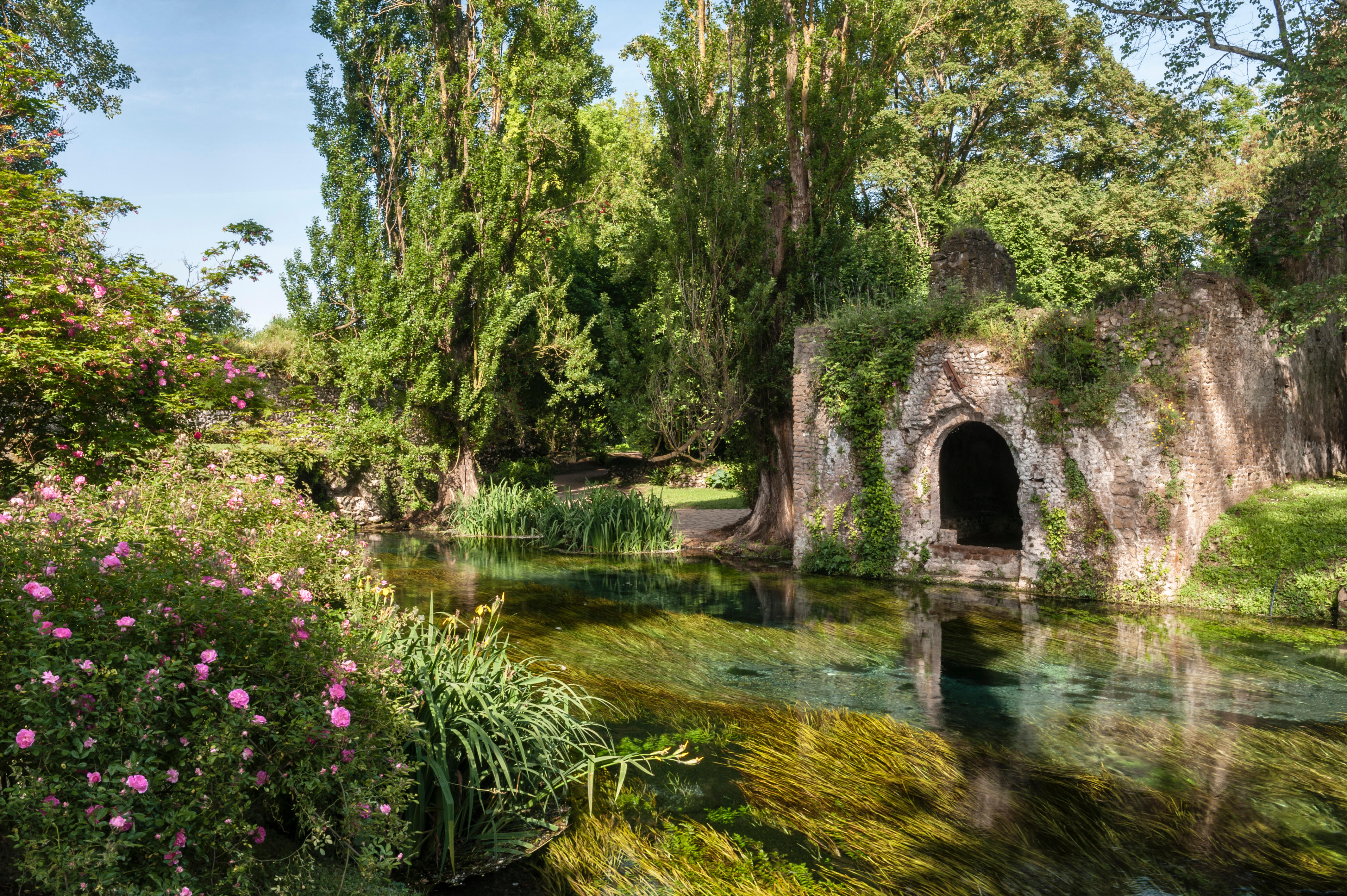
I first heard about Ninfa when I was barely out of school. It was an English garden made around the ruins of an abandoned Italian town somewhere south of Rome. Lots of people seemed to know the owners, but we didn’t, so it was some years before I wangled an introduction, passed through the garden gate and found myself in Paradise.
I wrote about it ecstatically in my first book, The English Garden Abroad, nearly 30 years ago, but Ninfa has a way of working ever deeper into your skin and, eventually, I had to dedicate a whole book to it. This was published in 2009 as Ninfa: The Most Romantic Garden in the World and is the only book I’ve ever written on spec, without a publishing contract until I’d finished it. Second-hand copies used to retail for exorbitant sums, but, now, it’s been republished by the Friends of Ninfa and the bubble has burst.
It’s not only the medieval walls that render the garden unique – Ninfa’s river gushes out beneath a manmade lake next to the citadel at the phenomenal rate of 1,000 litres per second. It creates a micro-climate for temperate plants that would otherwise not survive a Mediterranean summer. Ninfa’s grass is always green.
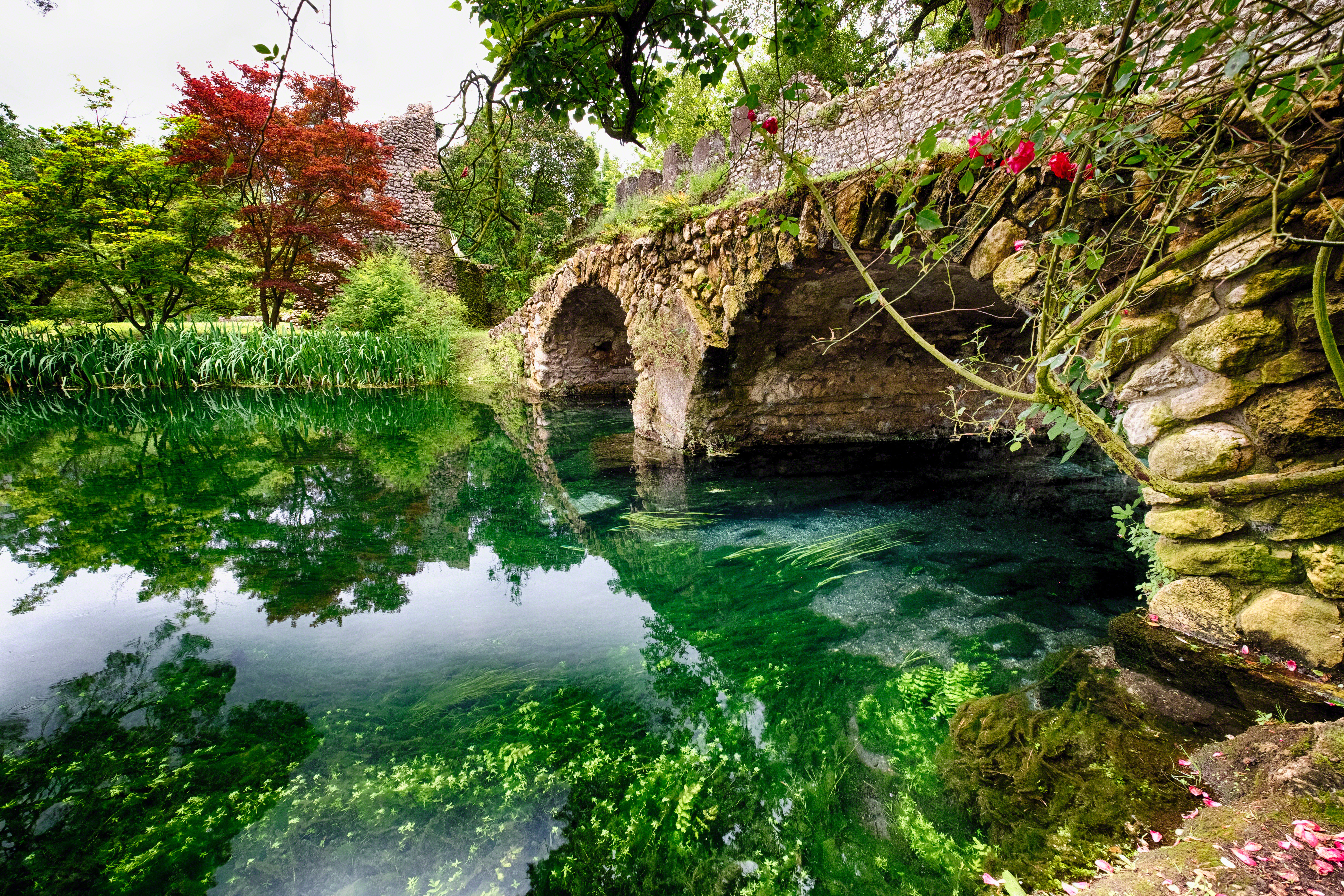
The town was sacked and set alight in a local war in 1381. Its feudal owners, the princely Caetani family, decided to abandon it – the cost of repair and re-population was too great. Roofs collapsed, walls crumbled and the ruins were smothered by thickets of hawthorn and bay. Ninfa slumbered, let to tenant farmers for grazing and, latterly, visited from time to time by English watercolourists, such as Edward Lear.
In 1921, Ninfa was inherited by Prince Gelasio Caetani – war hero, mining engineer, politician and diplomat – who began to clear the overgrowth of centuries, excavate the medieval ruins and plant a garden within and around them.
His mother was English – Ada Bootle-Wilbraham, a niece of Lord Derby, the Prime Minister – and, as were many well-born Victorian ladies, she was an enthusiastic hands-on gardener. Many of the climbing roses that drape the walls of the ruined houses, churches and fortifications were brought by Ada and planted during her weekend visits.
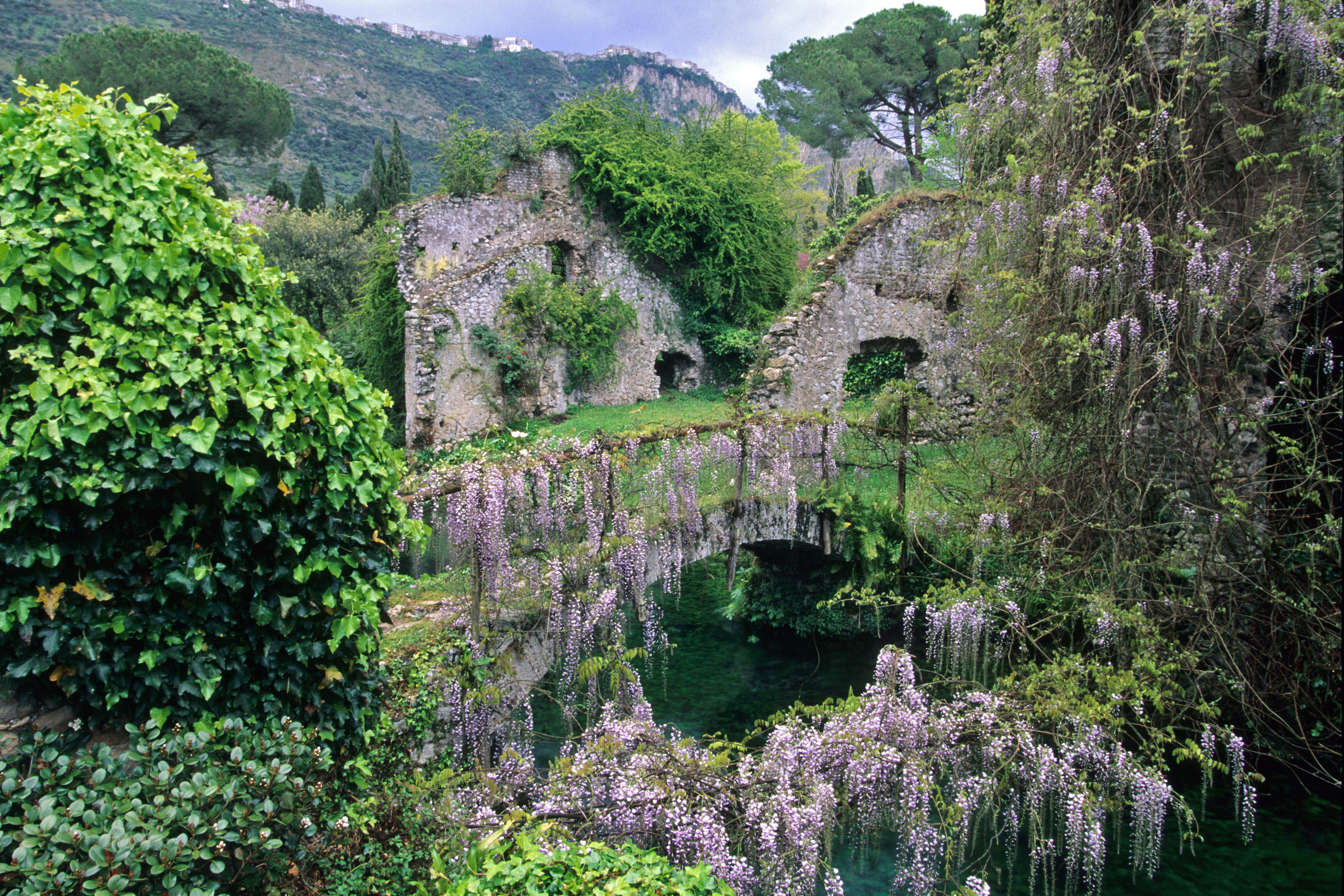
After Gelasio’s death, his American sister-in-law, Marguerite, Duchess of Sermoneta, planted lavishly until, in about 1950, her daughter Lelia took on the venture. Lelia was an artist and a passionate plant lover. Every year, a lorry loaded with new trees and shrubs would come to Ninfa from Hillier in Winchester and Lelia planted them wherever she thought they would fare best and, in addition, where they would create beautiful, harmon-ising, painterly effects.
Sign up for the Country Life Newsletter
Exquisite houses, the beauty of Nature, and how to get the most from your life, straight to your inbox.
After her death in 1977, Ninfa was curated with skill and devotion by her English husband, Hubert Howard. The Howards had no children of their own and the male-line Caetani family had died out, so Ninfa was set up as a trust on the English model.
When Hubert died in 1987, management of the garden passed to the Howards’ protégé Lauro Marchetti, who was the son of their estate manager and still a young man in his thirties. Lauro has maintained and developed the garden exactly as Lelia and Hubert intended.
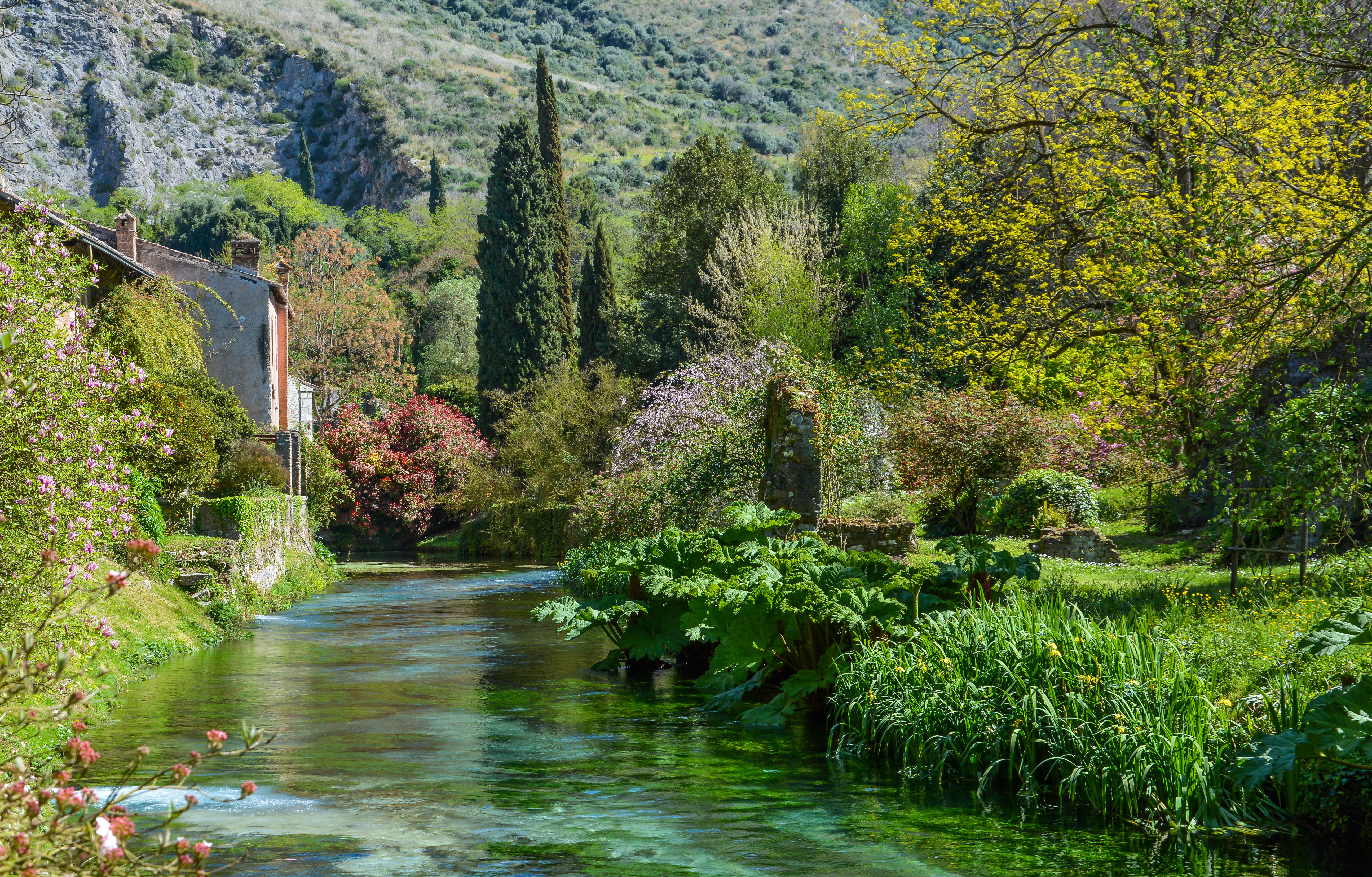
He is that rare creature among gardeners: an Italian who thinks like an Englishman. The plantings have intensified over the past 30 years – Ninfa is ever more Ninfa-ish.
I’m often asked about the best time to visit Ninfa. I love it most in late winter, when the woodland areas are full of light and the first magnolias break into flower. Most people would say the garden reaches a peak of beauty in May, when climbing roses cover its walls and all its 20 acres are filled with scent and beauty.
Ninfa opens on selected days from March to November, but you have to queue up and join a group for a guided tour. It’s a good tour and you see most of the best parts of the garden; better still, however, is to engineer a private visit by joining a group that may, on occasion, be allowed to dally or deviate from the prescribed route.
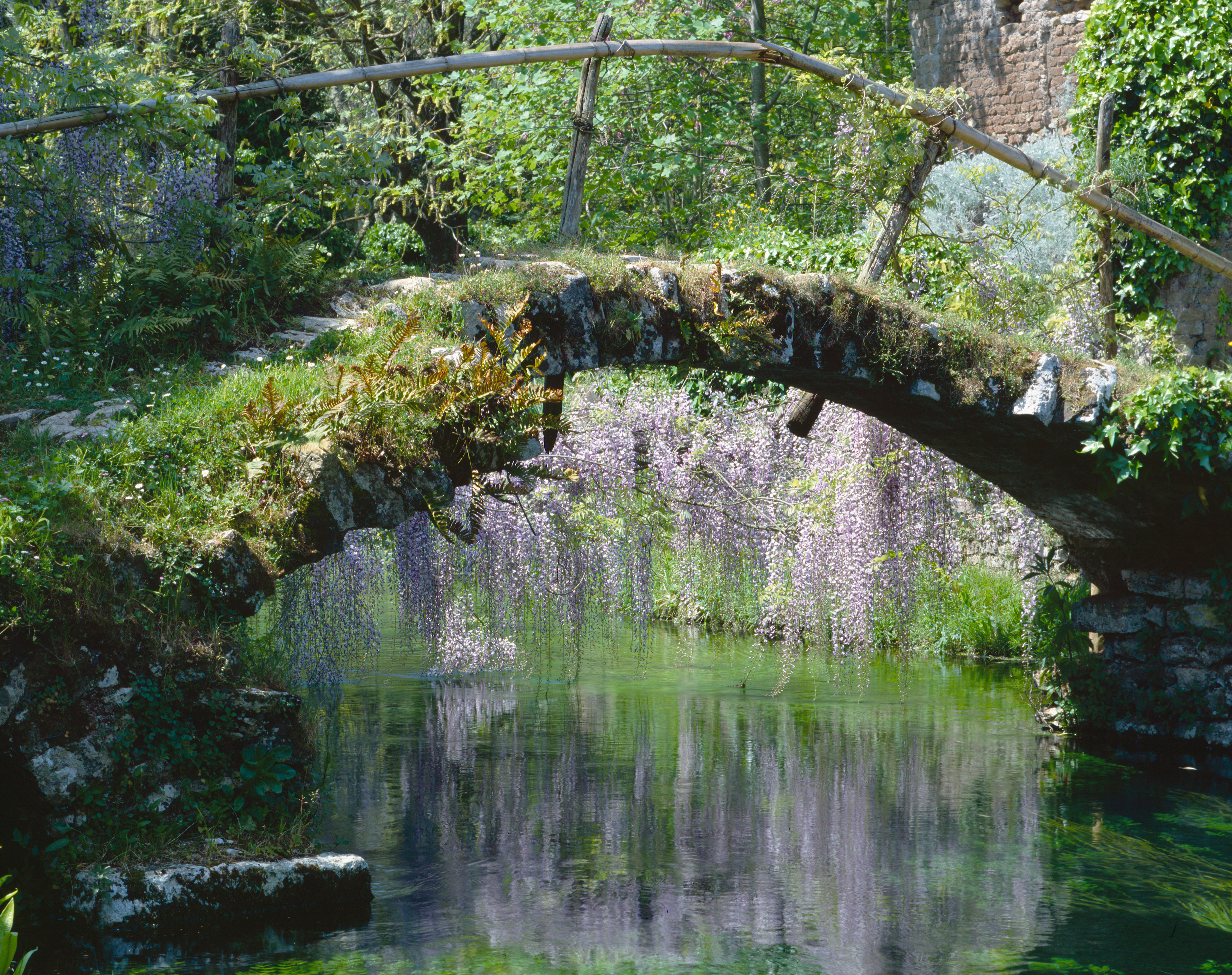
Best of all is to wander around in the evening, when fireflies glitter and nightingales sing – an experience offered only to very special guests such as members of the Royal Family.
However, you must go now, while the going is good. Lauro is nearing retirement and few Italians understand, as he does, the obligations that English trust law impose. I cannot be as confident about Ninfa’s future as I was when I first passed through the gates of Paradise more than 30 years ago.
To join the Country Life tour to Rome and Lazio, which includes a visit to Ninfa, on May 5–9, contact Boxwood Tours on 01341 241717, email mail@boxwoodtours.co.uk or see www.boxwoodtours.co.uk/country-life-rome-lazio.
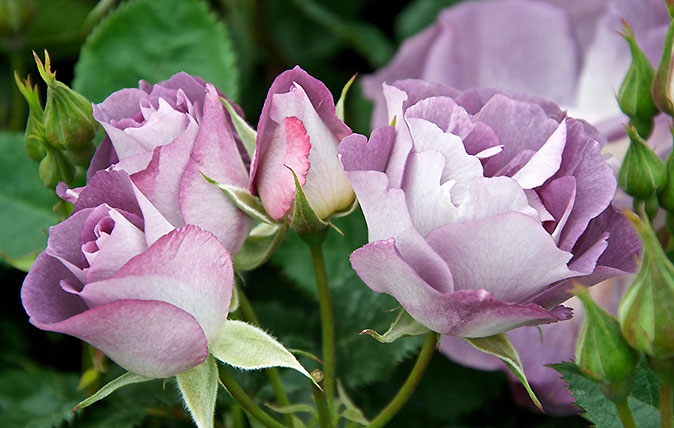
Ultimate guide to growing roses: What to plant, where to plant it, and why you really don’t need to prune
Charles Quest-Ritson, author of the RHS Encylcopedia of Roses, tells you everything you need to know about growing roses.

Credit: Alamy
The day that Woolworths accidentally sold me an endangered species
Charles Quest-Ritson reminisces about the day his bargain purchase of a cyclamen in Woolworths proved to be something rather special.
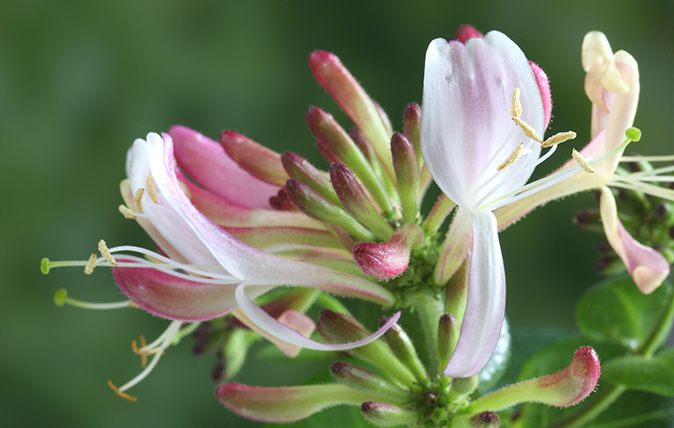
The best honeysuckle to grow in your garden – especially if they’re gifts from now-departed friends
Charles Quest-Ritson extols the virtues of delightful honeysuckle.
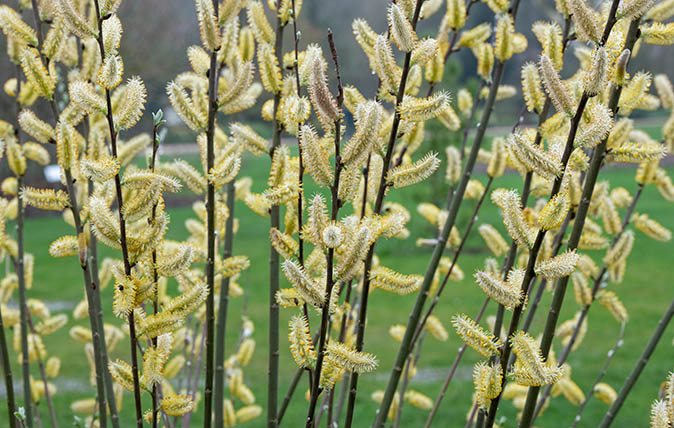
What to plant if you're thinking of putting a willow in your garden
Charles Quest-Ritson offers advice on this incredibly vibrant plant.
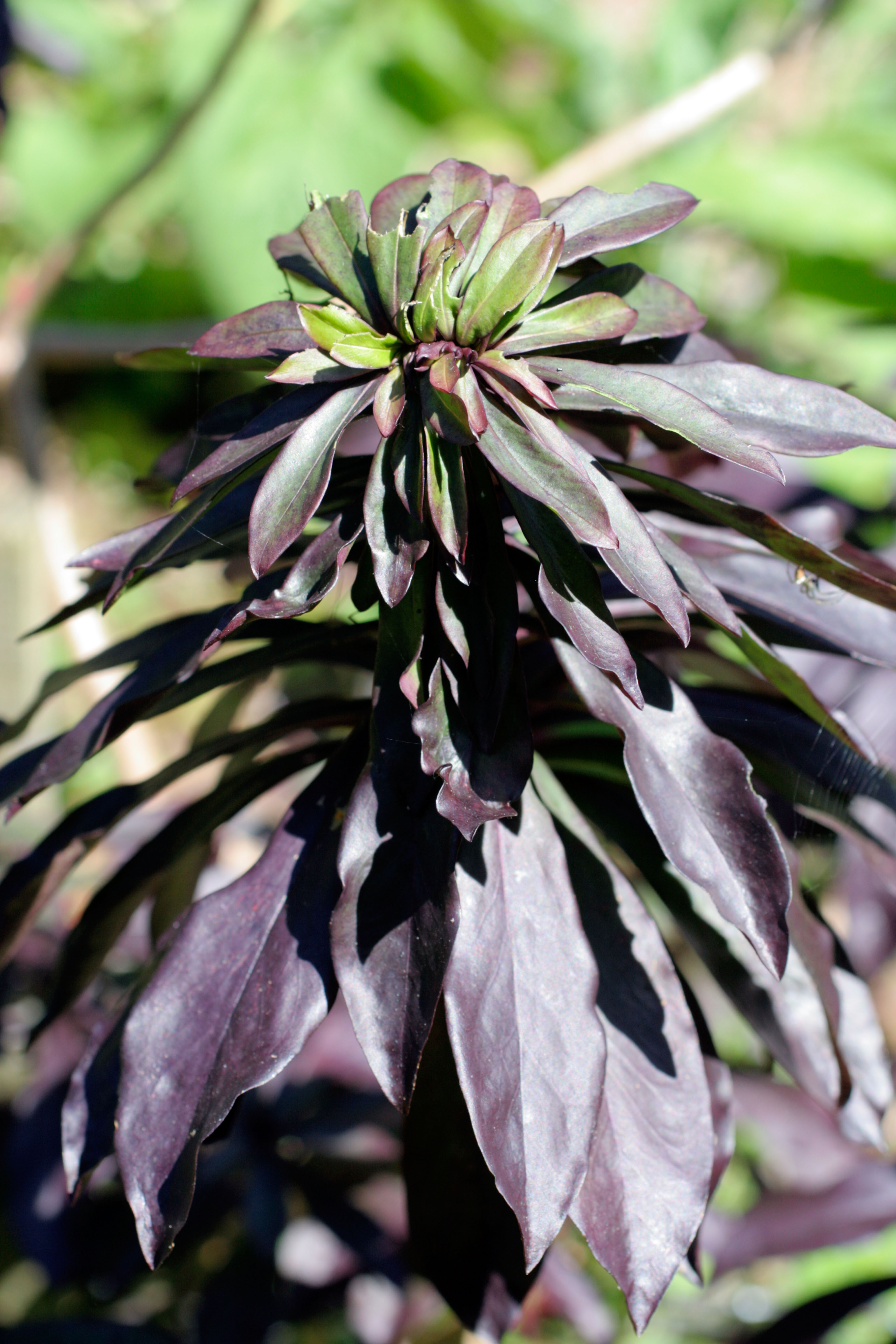
Life, death and daphnes – and the variety that goes in and out of extinction peril
Charles Quest-Ritson muses on daphnes, the lovely winter flowers which seemingly ought to be a lot hardier than they are.
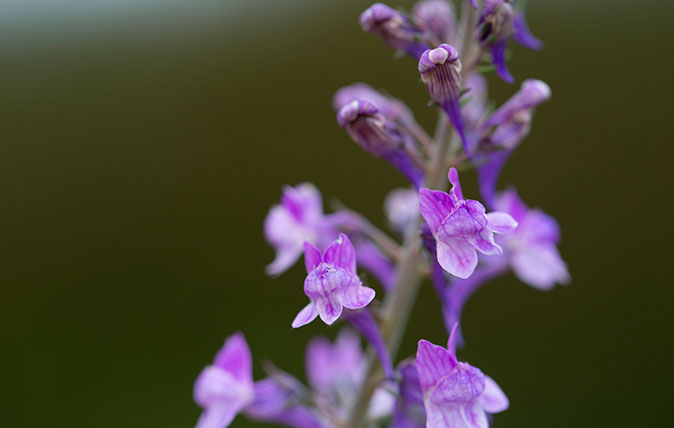
Credit: Alamy
The daftest plant name in English, and how it belongs to a wonderful flower just starting to show its potential
There are a lot of silly names for flowers our there – and Charles Quest-Ritson has a chilling warning for those
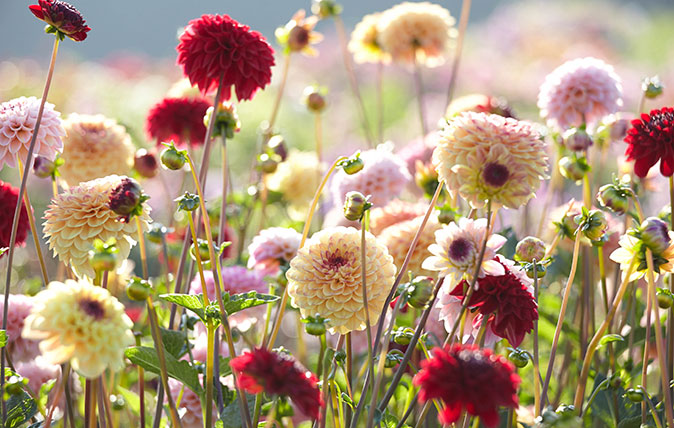
Dahlias, the 'miracles of complexity' that we've learned to love and cherish
Charles Quest-Ritson talks about dahlias, once so unloved, and how they enjoying a surge of popularity.
Charles Quest-Ritson is a historian and writer about plants and gardens. His books include The English Garden: A Social History; Gardens of Europe; and Ninfa: The Most Romantic Garden in the World. He is a great enthusiast for roses — he wrote the RHS Encyclopedia of Roses jointly with his wife Brigid and spent five years writing his definitive Climbing Roses of the World (descriptions of 1,6oo varieties!). Food is another passion: he was the first Englishman to qualify as an olive oil taster in accordance with EU norms. He has lectured in five languages and in all six continents except Antarctica, where he missed his chance when his son-on-law was Governor of the Falkland Islands.
-
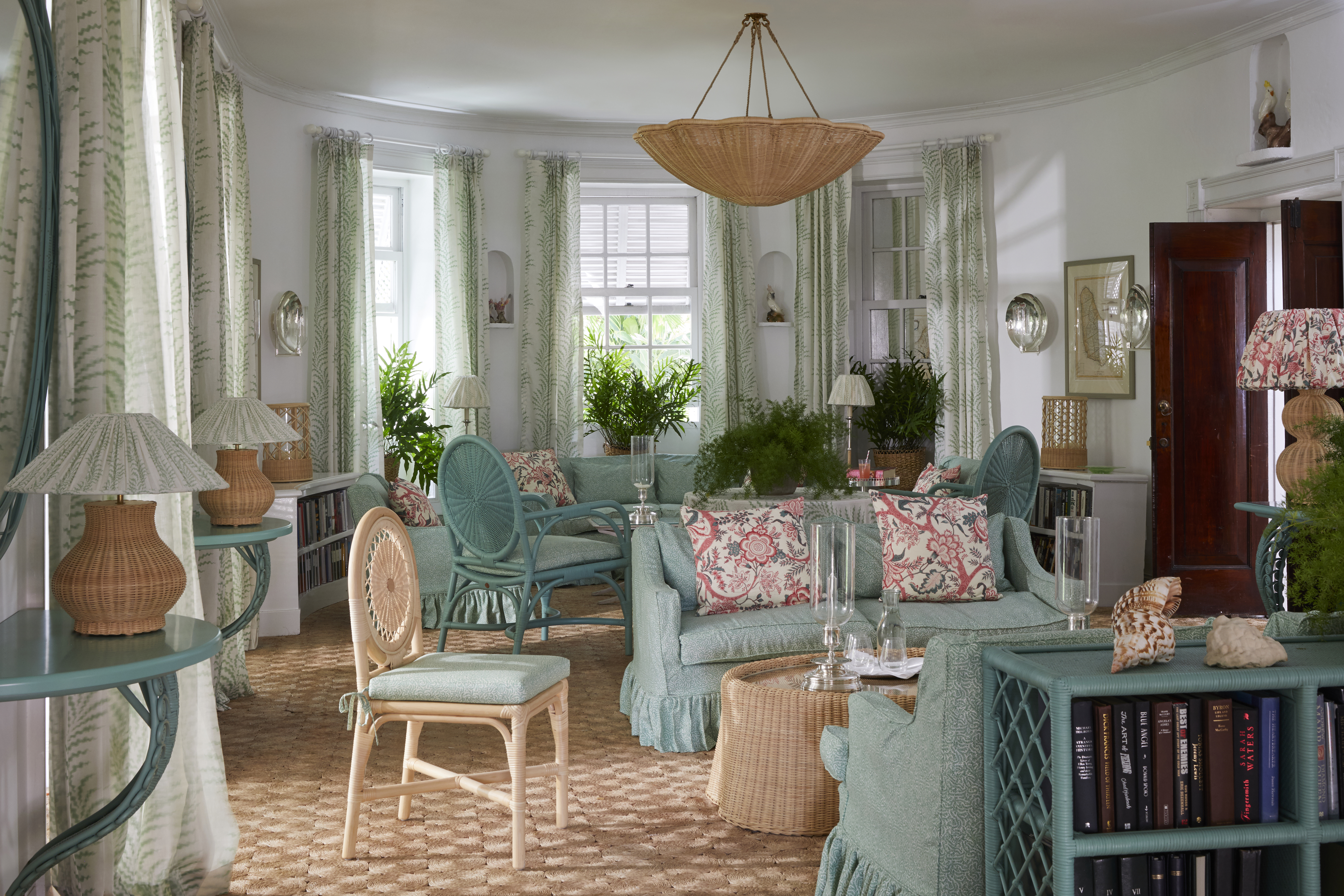 Why British designers dream up the most desirable hotels
Why British designers dream up the most desirable hotelsWhen it comes to hotel design, the Brits do it best, says Giles Kime.
By Giles Kime Published
-
 The five minute guide to 'The Great Gatsby', a century on from its publication
The five minute guide to 'The Great Gatsby', a century on from its publication'The Great Gatsby' sold poorly the year it was published, but, in the following century, it went on to become a cornerstone of world literature.
By Carla Passino Published
-
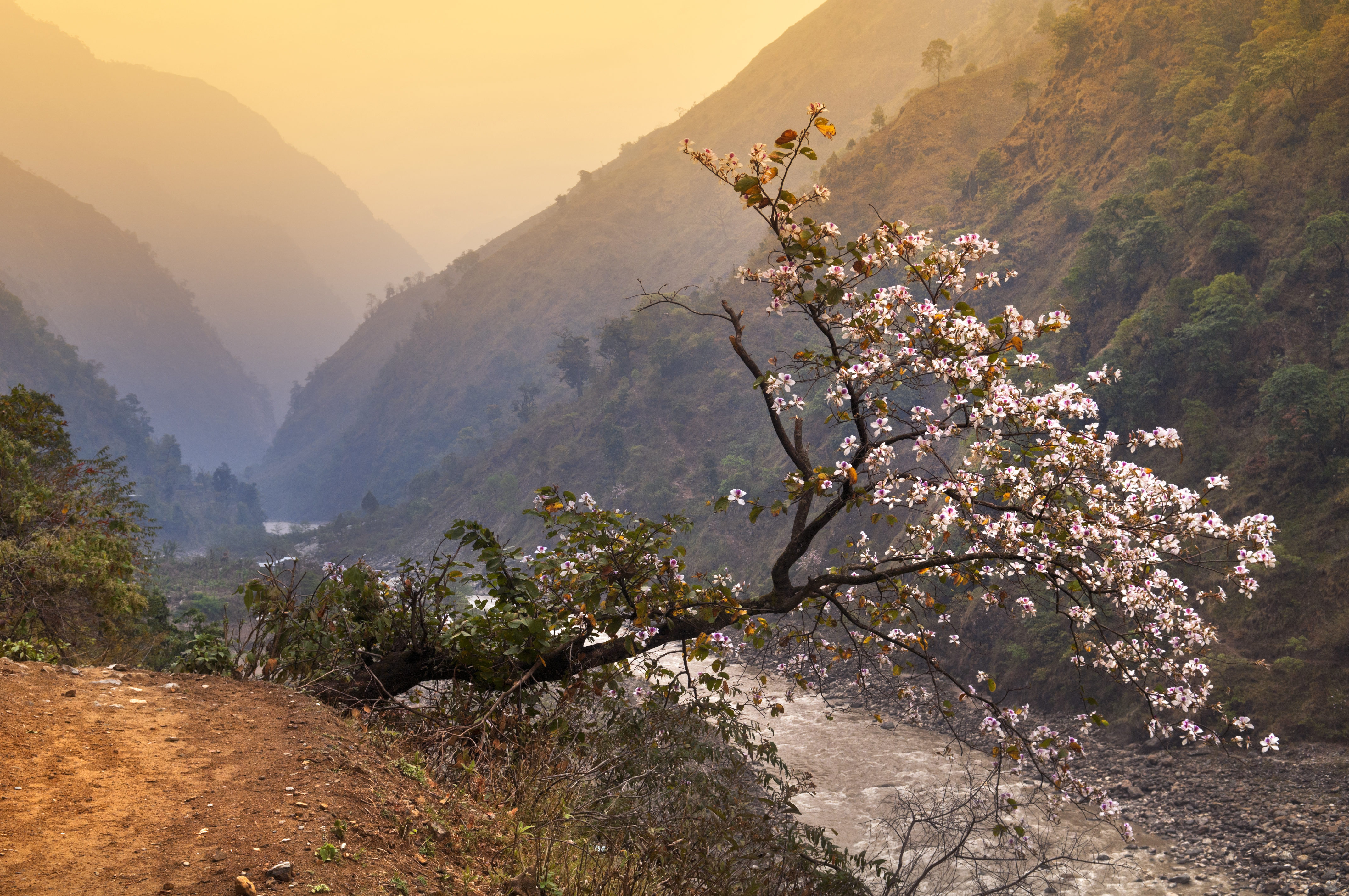 The man who trekked Bhutan, Mongolia, Japan, Tasmania and New Zealand to bring the world's greatest magnolias back to Kent
The man who trekked Bhutan, Mongolia, Japan, Tasmania and New Zealand to bring the world's greatest magnolias back to KentMagnolias don't get any more magnificent than the examples in the garden at White House Farm in Kent, home of Maurice Foster. Many of them were collected as seed in the wild — and they are only one aspect of his enthralling garden.
By Charles Quest-Ritson Published
-
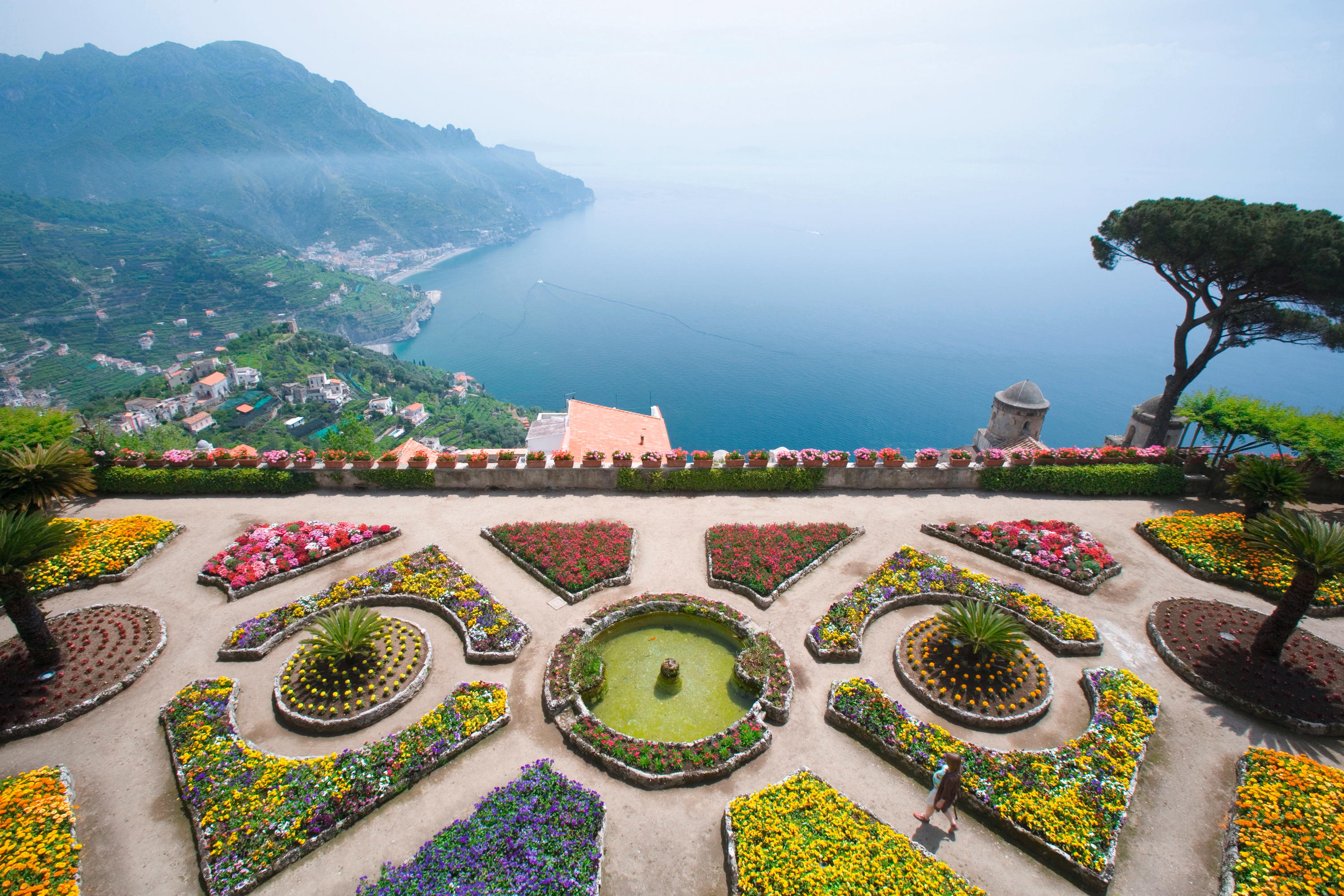 The 'breathtakingly magnificent' English country gardens laid out on the Amalfi Coast, and the story of how they got there
The 'breathtakingly magnificent' English country gardens laid out on the Amalfi Coast, and the story of how they got thereKirsty Fergusson follows the Grand Tour to Campania in Italy, where the English combined their knowledge and love of plants with the rugged landscape to create gardens of extraordinary beauty.
By Kirsty Fergusson Published
-
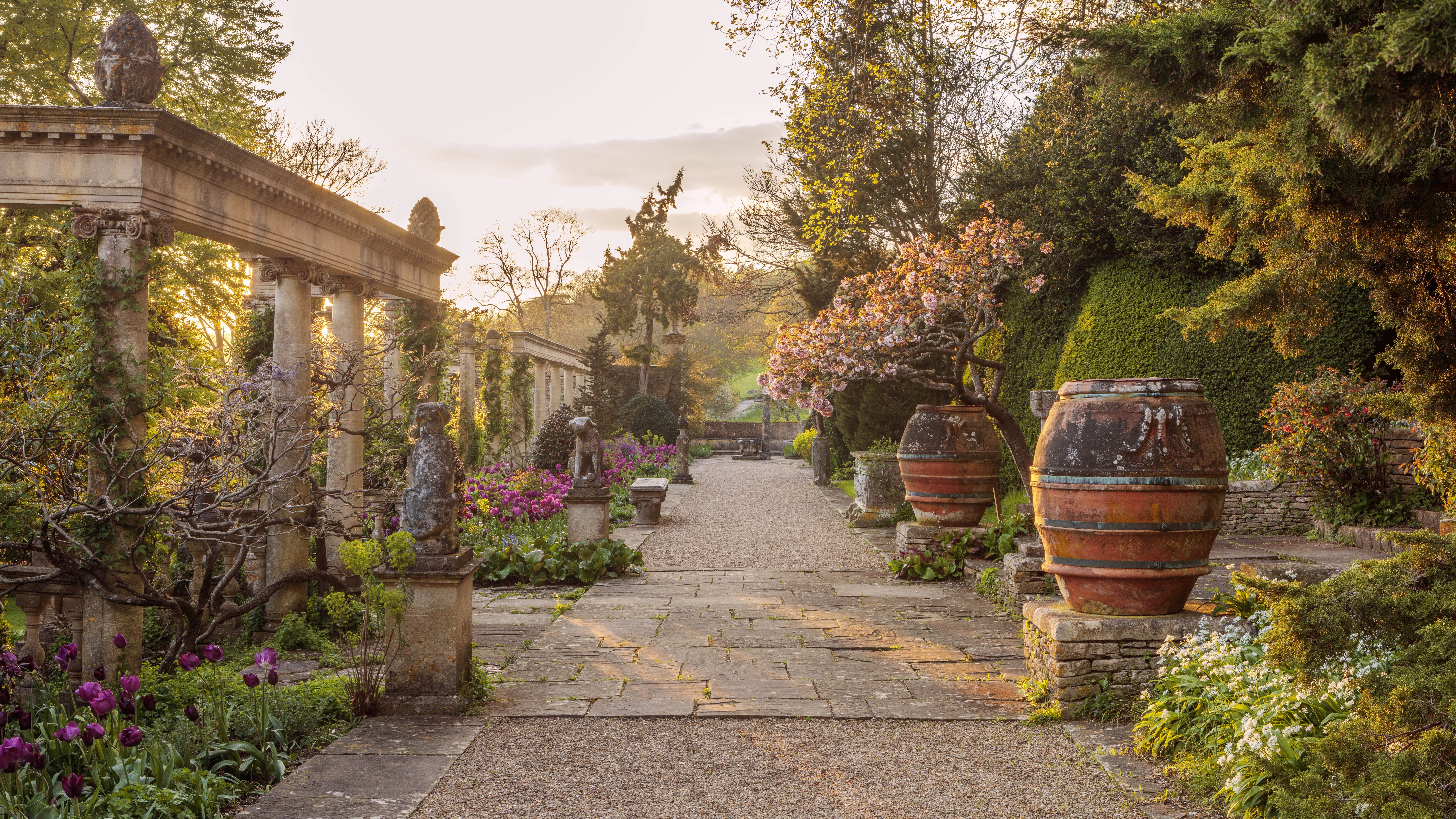 Have your say in the Historic Houses Garden of the Year Awards 2025
Have your say in the Historic Houses Garden of the Year Awards 2025By Annunciata Elwes Published
-
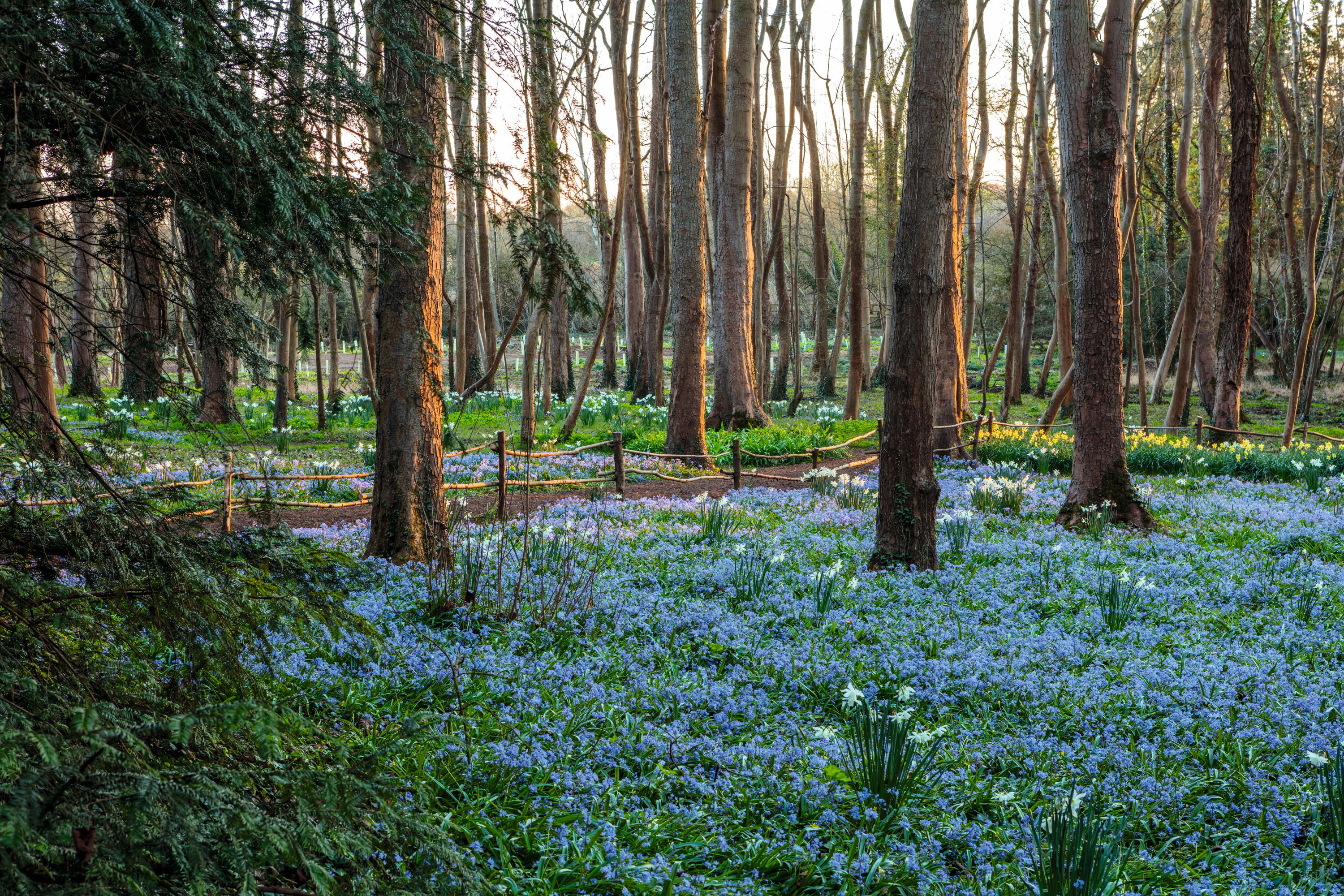 Evenley Wood Garden: 'I didn't know a daffodil from a daisy! But being middle-aged, ignorant and obstinate, I persisted'
Evenley Wood Garden: 'I didn't know a daffodil from a daisy! But being middle-aged, ignorant and obstinate, I persisted'When Nicola Taylor took on her plantsman father’s flower-filled woodland, she knew more about horses than trees, but, as Tiffany Daneff discovers, that hasn’t stopped her from making a great success of the garden. Photographs by Clive Nichols.
By Tiffany Daneff Published
-
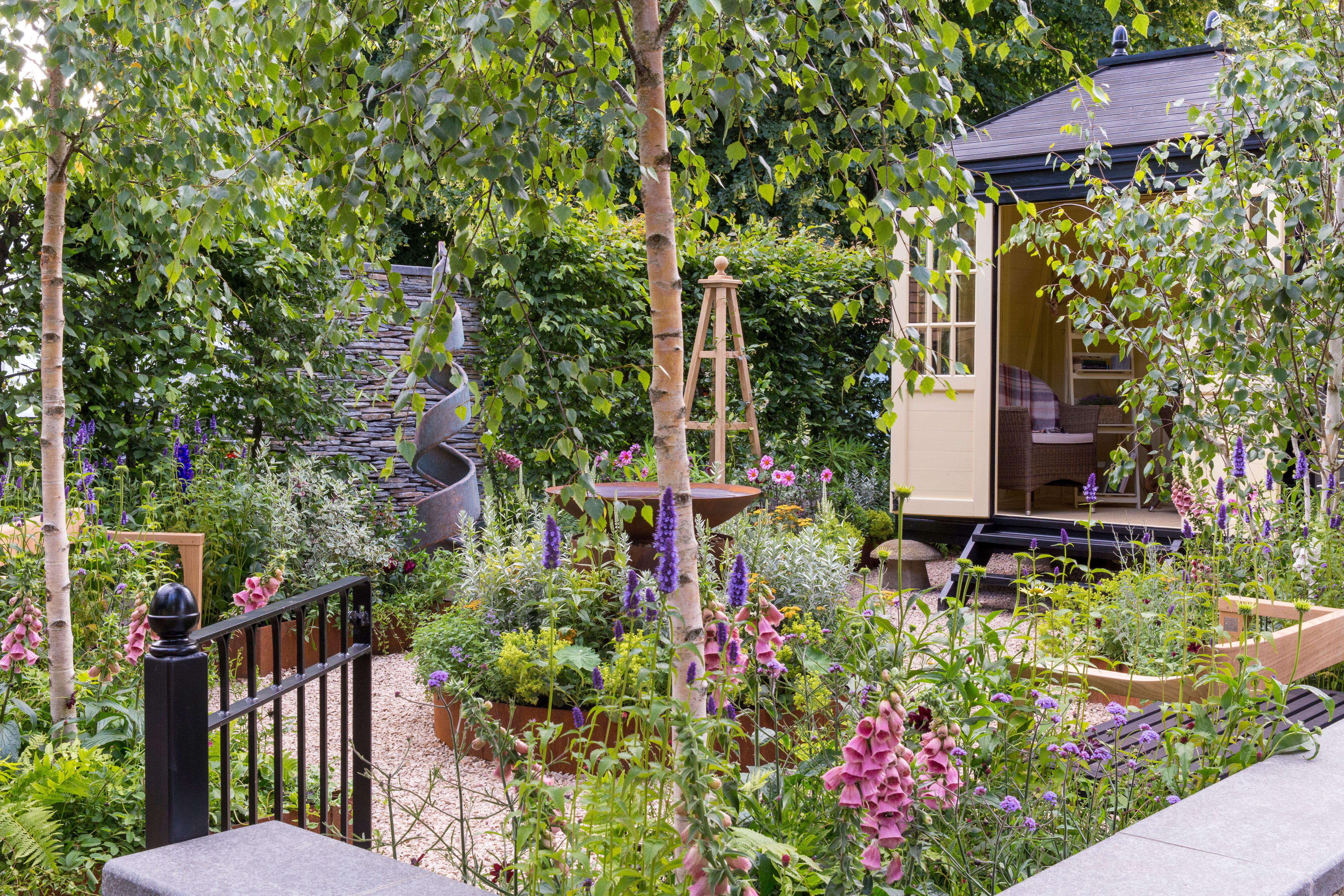 An expert guide to growing plants from seed
An expert guide to growing plants from seedAll you need to grow your own plants from seed is a pot, some compost, water and a sheltered place.
By John Hoyland Published
-
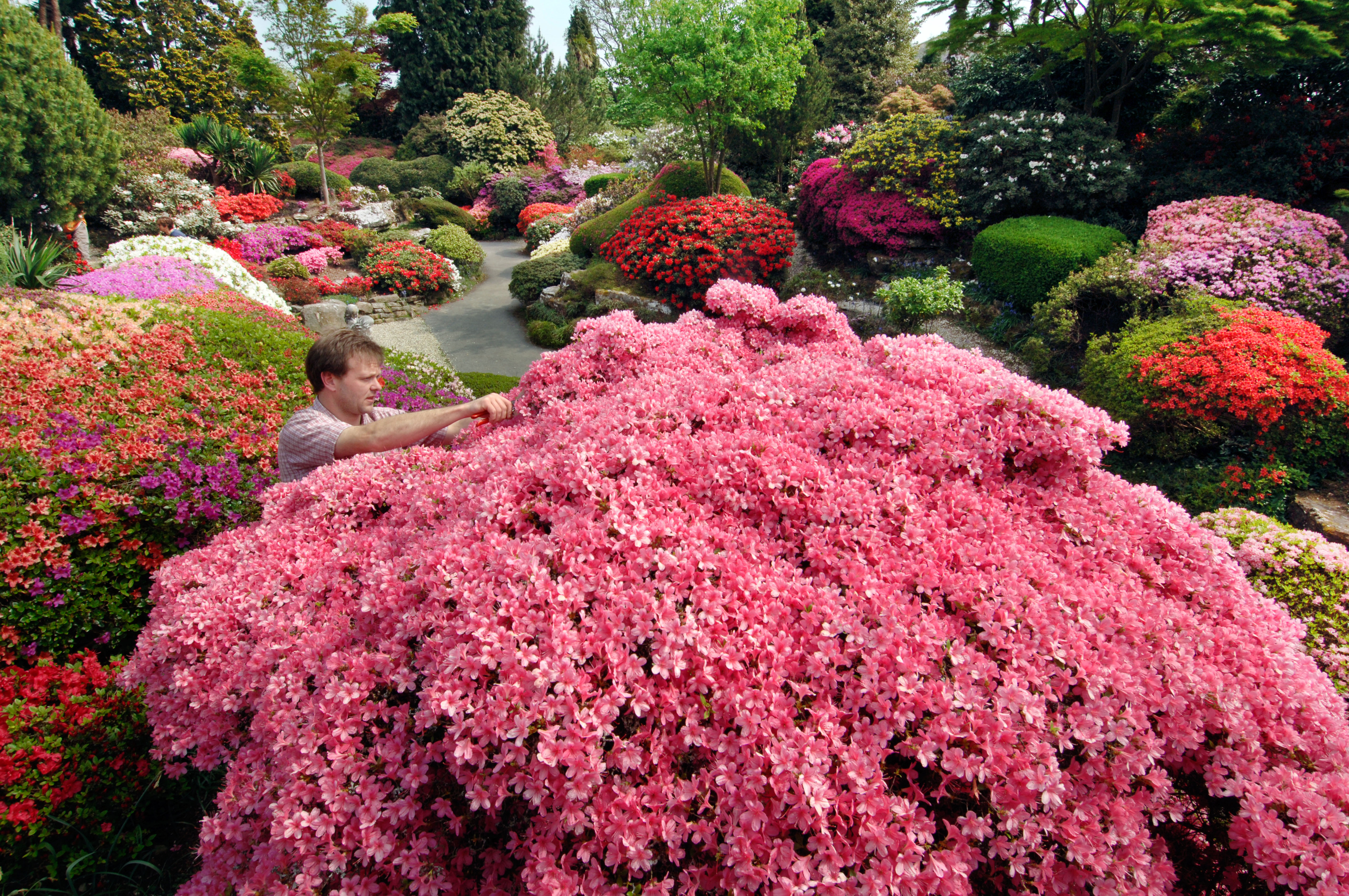 The best rhododendron and azalea gardens in Britain
The best rhododendron and azalea gardens in BritainIt's the time of year when rhododendrons, azaleas, magnolias and many more spring favourites are starting to light up the gardens of the nation. Here are the best places to go to enjoy them at their finest.
By Amie Elizabeth White Published
-
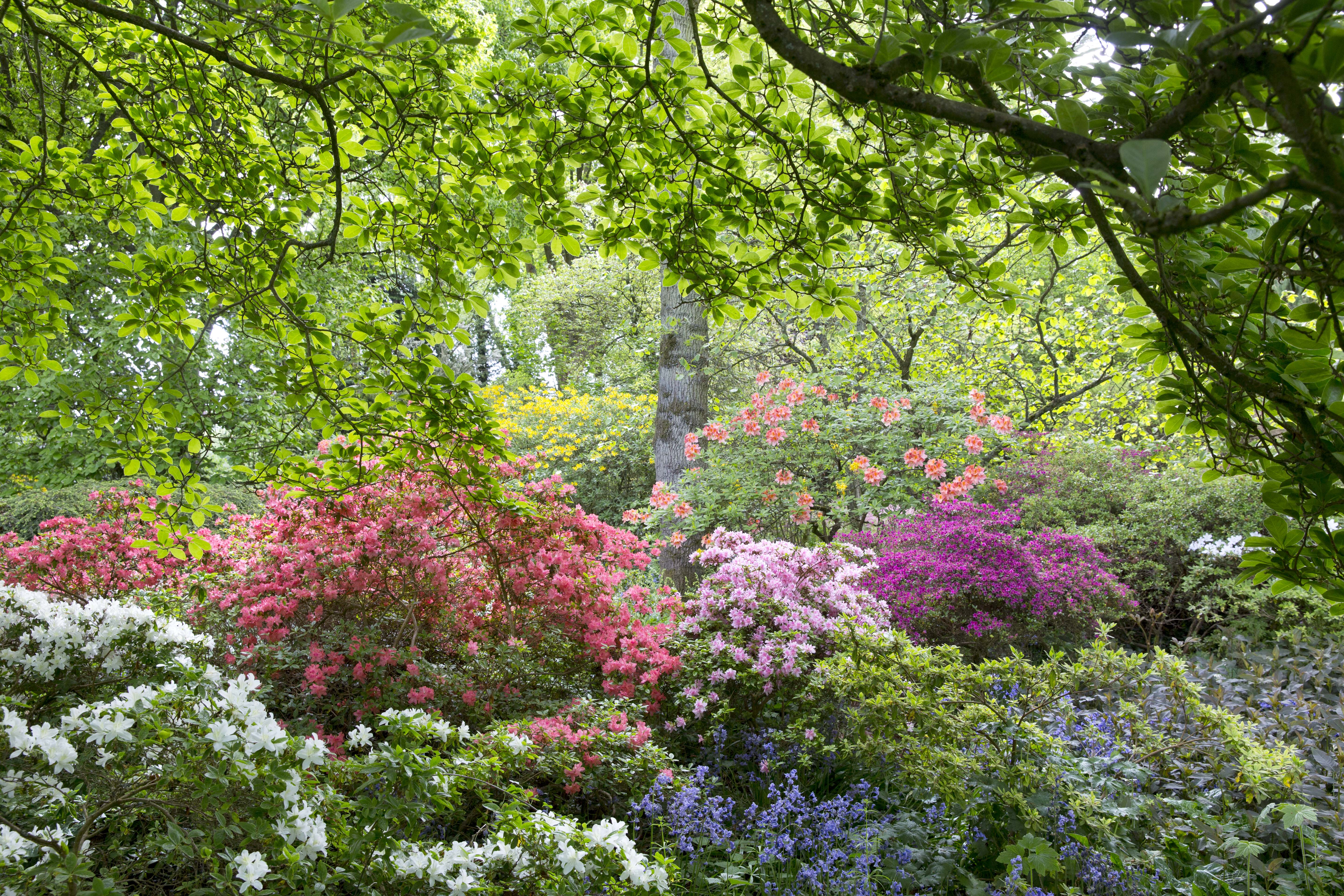 Great Comp: The blissful garden flooded with rhododendrons and azaleas that's just beyond the M25
Great Comp: The blissful garden flooded with rhododendrons and azaleas that's just beyond the M25Each spring, Great Comp Garden — just outside the M25, near Sevenoaks — erupts into bloom, with swathes of magnolias, azaleas and rhododendrons. Charles Quest-Ritson looks at what has become one of the finest gardens to visit in Kent.
By Charles Quest-Ritson Published
-
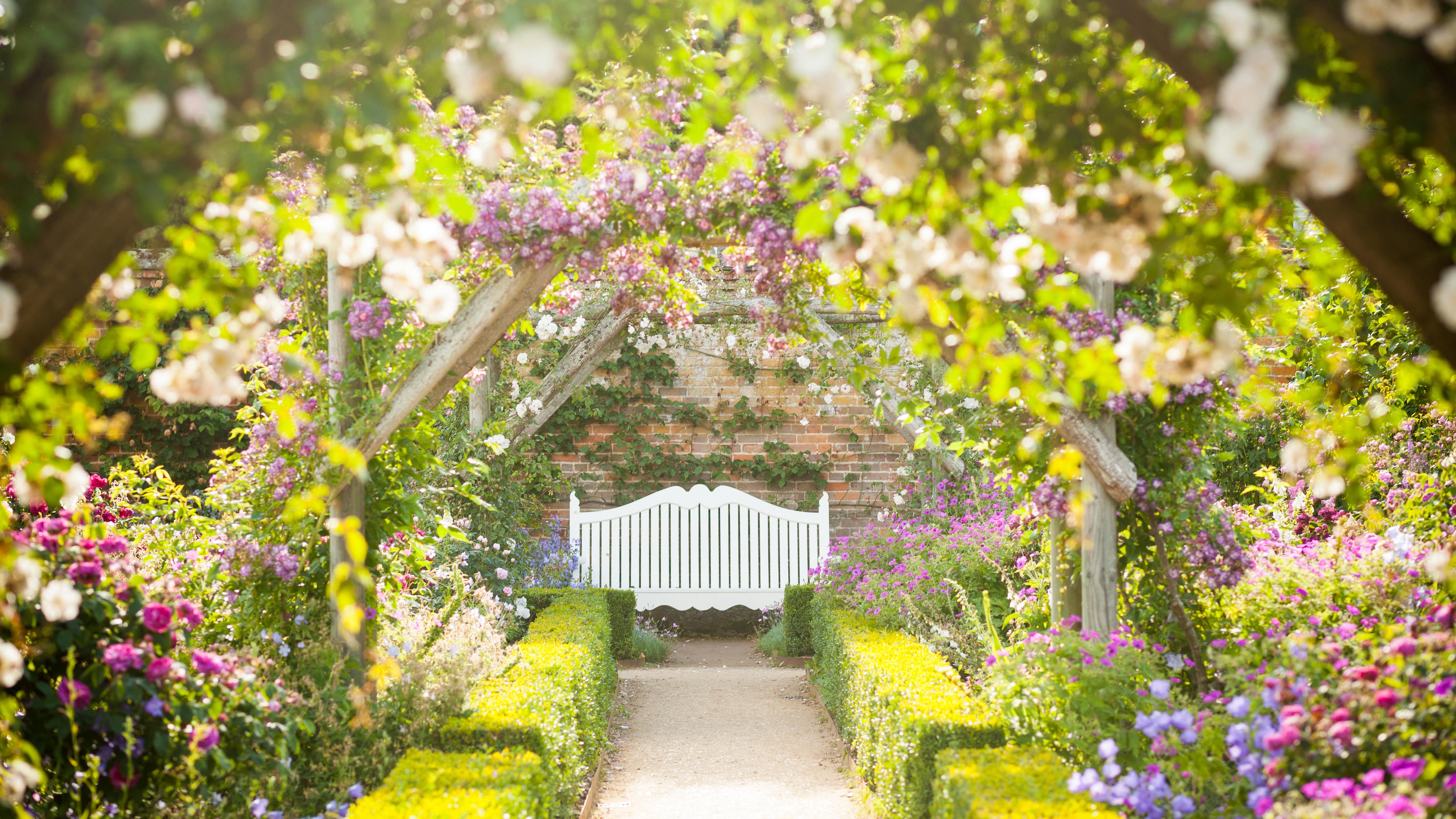 'I'm the expert who wrote the RHS's guide to roses — here's why pruning them right now is almost certainly a terrible mistake'
'I'm the expert who wrote the RHS's guide to roses — here's why pruning them right now is almost certainly a terrible mistake'More roses die from over-pruning than any other cause so what’s the reasoning underpinning this horticultural habit? Charles Quest-Ritson, the garden expert who wrote the RHS Encyclopedia of Roses, takes a closer look.
By Charles Quest-Ritson Last updated